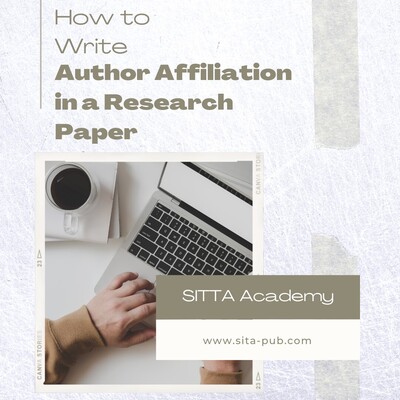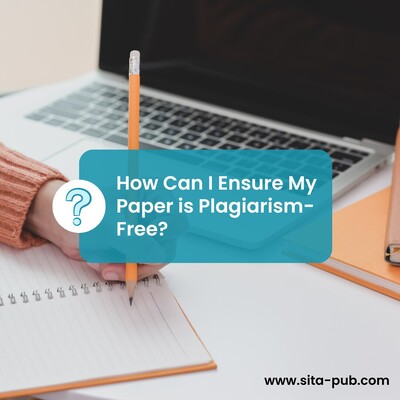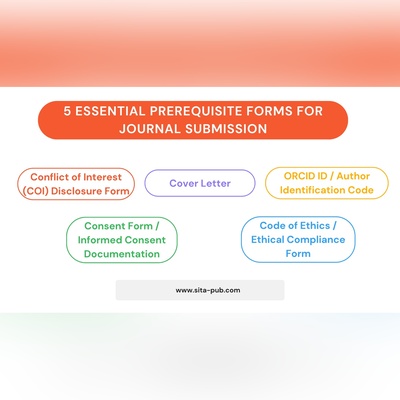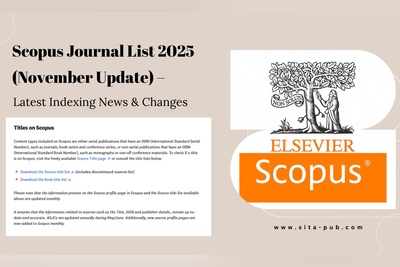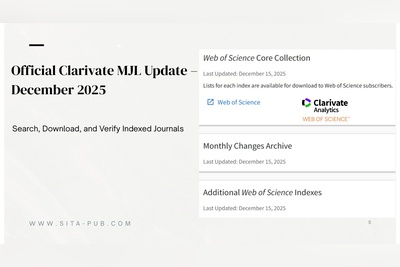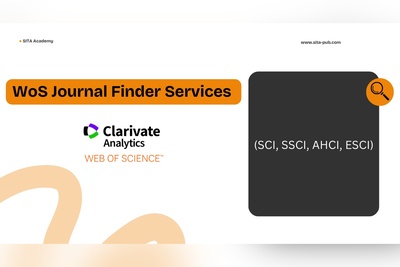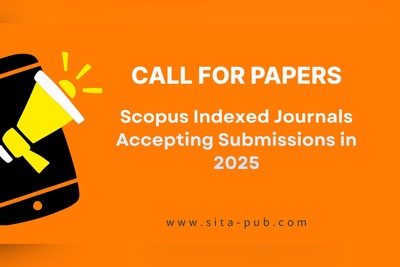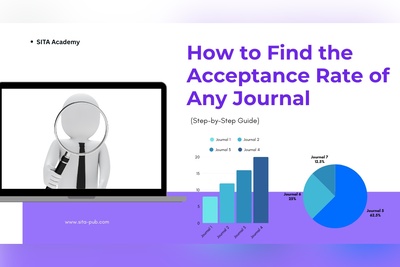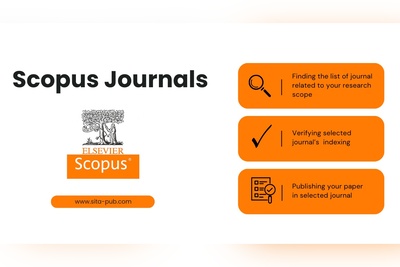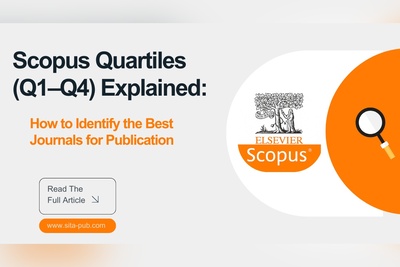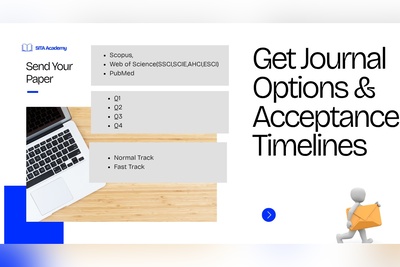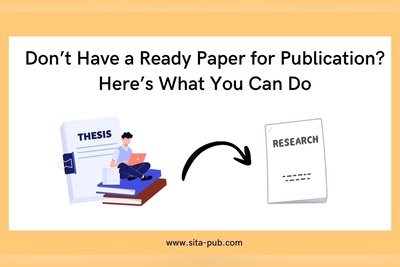Everything You Need Before Sending Your Paper to a Journal
Submitting your research paper to a journal? Don’t rush! This complete guide covers everything you need before submission.
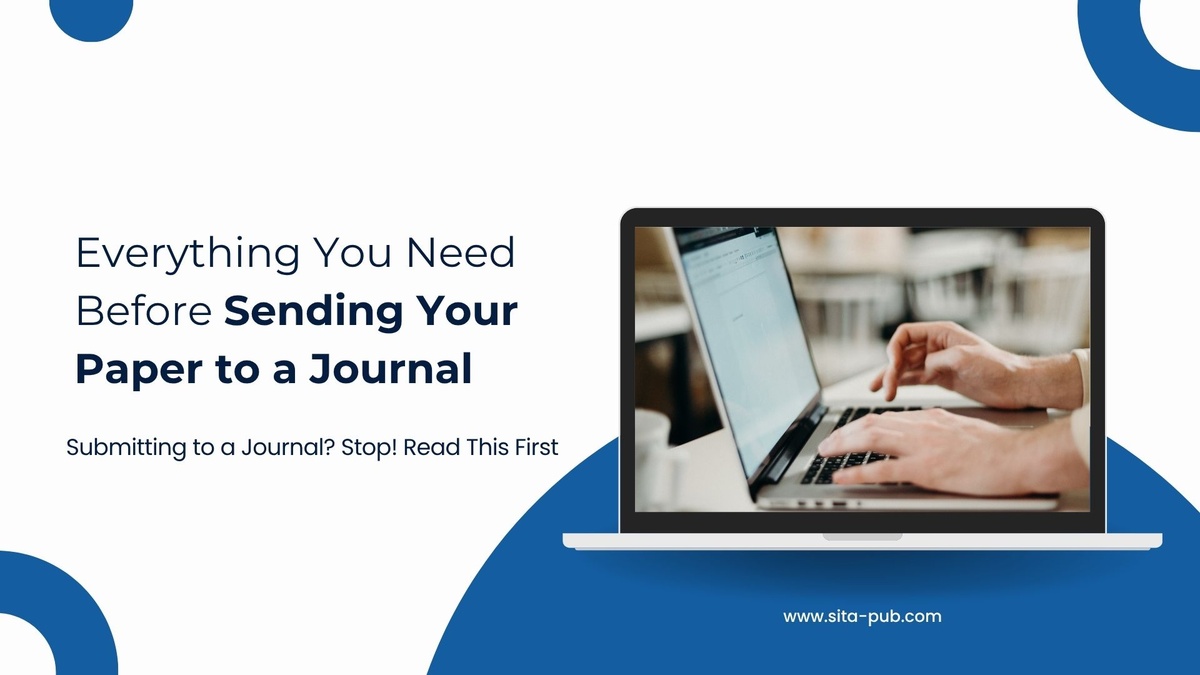
Submitting your research paper to a journal can be exciting—but also stressful. Many researchers rush through this step, only to get their paper rejected for avoidable reasons. That’s why preparing everything before you hit “submit” is crucial.
In this article, we’ll walk you through the key things you need to do and double-check before submitting your manuscript to any academic journal. These tips will help ensure your submission goes smoothly and increase your chances of acceptance.
1. Did You Choose the Right Journal?
Journal selection can make or break your submission. Many excellent papers are rejected simply because they were sent to the wrong journal—not because the research was flawed.
Make sure:
The journal’s Aims and Scope match your research topic.
You’ve reviewed previous articles published in the journal to understand the type of work they accept.
The journal’s audience aligns with your field of study.
Tip: If your topic is interdisciplinary, choose a journal that welcomes cross-disciplinary research.
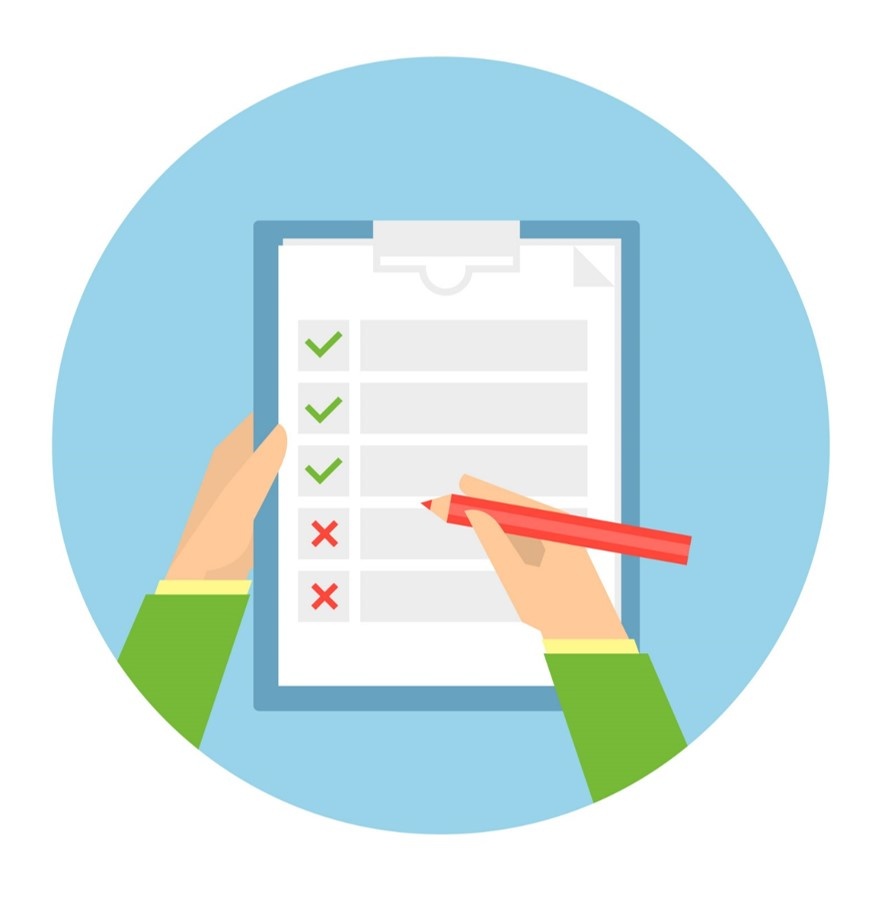
2. Did You Read the Journal’s Submission Guidelines?
Every journal has its own set of instructions for authors. These guidelines can include specifics about:
Manuscript formatting (fonts, headings, spacing)
Abstract length and structure
Reference style (APA, MLA, Vancouver, etc.)
Limits on figures, tables, or word count
Required sections in your paper (e.g., Methods, Results, etc.)

Make sure to:
Visit the “For Authors” or “Submission Guidelines” page on the journal’s website.
Download and use any available templates.
If your paper is in Arabic or another language, and the journal requires English, you’ll need to:
Translate the manuscript yourself or use a professional academic translation service.
Consider native English editing if you're not a fluent English writer.
Tip: Journals appreciate well-prepared submissions. Following guidelines shows professionalism.
3. Have You Prepared All Required Documents?
A typical journal submission involves more than just uploading your paper. Make sure you’ve prepared:
Manuscript in the correct format
Cover letter (brief, clear, and tailored to the journal)
Title page with full author details and affiliations
Highlights or key points (some journals request these separately)
Graphical abstract (if required)
Figures and tables uploaded as separate high-resolution files
Supplementary materials (data sets, appendices)
Ethics approval letters or conflict of interest disclosures (if needed)

Check the journal’s submission portal or checklist to avoid missing anything.
4. What Submission Methods Does the Journal Offer?
Different journals use different submission platforms. Common systems include:
Editorial Manager
ScholarOne Manuscripts
Elsevier’s EVISE
Direct email submissions (less common but still used by smaller journals)

Tip: Create an account early and explore the system before submission. It helps you prepare all the correct file formats and metadata.
Final Paper Check Before Submission

Before you click the Submit button, take a moment to carefully review the final version of your manuscript. Small oversights can lead to delays, confusion, or even rejections. Here’s a detailed pre-submission checklist to ensure your paper is submission-ready:
1. Author Information
Author names and order are correct and final
Affiliations are accurate, clearly listed, and consistent across all documents
Each author’s institution name, department, city, and country is properly formatted
ORCID IDs (if required) are added for each author
2. Corresponding Author Details
The corresponding author is clearly indicated in the title page and metadata
The email address is valid, professional, and checked regularly
Mailing address and phone number (if requested) are included and correct
3. Manuscript Formatting
Font size, line spacing, margins, and section headings follow the journal’s formatting guidelines
All sections (Abstract, Keywords, Introduction, Methods, Results, Discussion, Conclusion) are present
References are complete and consistently formatted
Tables and figures are labeled, numbered correctly, and referenced in the text
Captions for tables and figures are clear and placed correctly
4. Language and Grammar
The manuscript is written in clear, professional English
If you're a non-native speaker, the paper has been reviewed by a native English editor or professional service
The text is free from grammar mistakes, typos, and awkward phrasing
Acronyms and abbreviations are defined on first use
5. Plagiarism and Originality
The manuscript has been run through plagiarism detection software (like iThenticate or Turnitin)
All paraphrased or cited content is properly attributed
Direct quotations (if any) are used sparingly and clearly marked
6. Ethical Declarations and Statements
You have included any required ethics approval numbers or committee names
Consent forms are available for human subject research
A conflict of interest statement is included (even if to declare “none”)
Funding sources are disclosed where applicable
7. Supplementary Files and Final Review
Supplementary materials (data sets, appendices, or additional figures) are clearly labeled and uploaded
The cover letter is complete, concise, and tailored to the journal
You’ve reviewed every document for consistency in title, author names, and formatting
Taking this final review step seriously shows the editorial team that you are professional, thorough, and respectful of their time. It also increases the chances of a smooth review process.
Final Thoughts
Getting published is not just about the strength of your research—it’s about how well you present and position it. By carefully selecting the right journal, following submission guidelines, and preparing all required documents, you increase your chances of a successful publication.
At SITA Academy, we offer professional support to help you through every step of the publication process. From journal selection to final submission preparation, our team ensures that you have the best possible chance of success.
Contact us today with your research scope to receive personalized support.
Verified Contact Channels
If you have any questions, inquiries, or would like to learn more about our services, please don't hesitate to reach out to us. Our dedicated team is ready to assist you.
